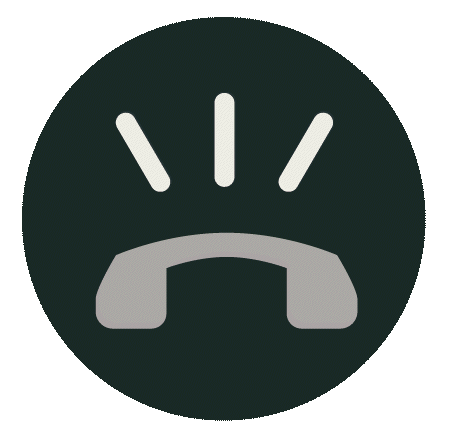 Biology
Biology

4671503 / 5561351
Habitats in Human Hands
Changing Nature
Forests, hedges, heathlands or colourful meadows are the epitome of unspoilt nature for us.
However, these landscapes are human-made. Either deliberately or by chance, we change our environment according to our needs.
In doing so, we almost always destroy nature and create, even if unintentionally, whole new habitats.
The film shows how humankind creates cultivated landscapes and how even abandoned industrial areas are for example reclaimed from nature. Various synanthropic species are described together with the habitats provided by villages and cities.
And what seems incredible at first glance: gravel pits, which look like moonscapes devoid of life, are full of life, too!

Curriculum-centred and oriented towards educational standards
Matching
Pupils Practise Inclusion
When people come together, no matter under what concomitant circumstances – ultimately, it is about how these people meet and how openly they interact with one another.









